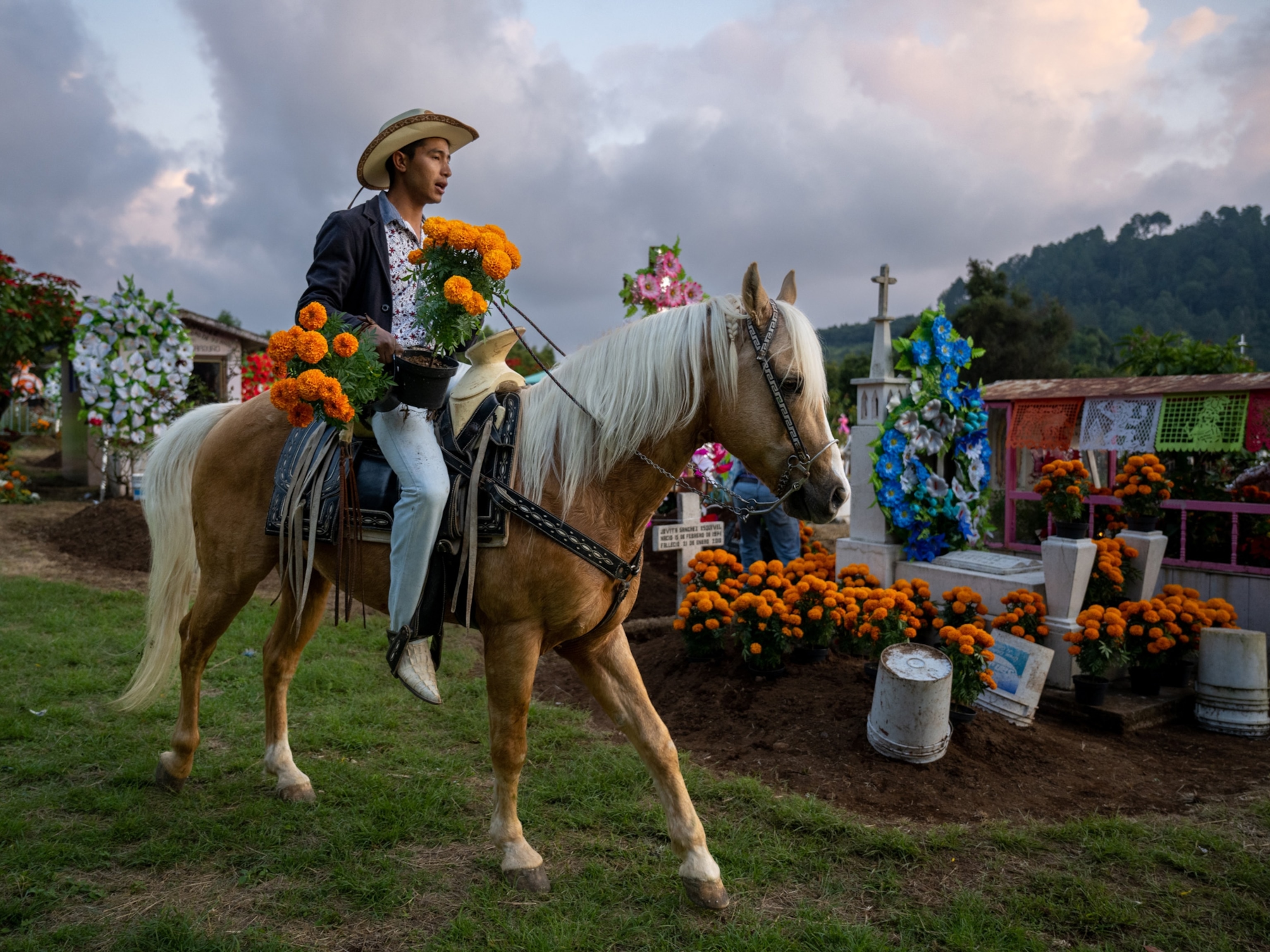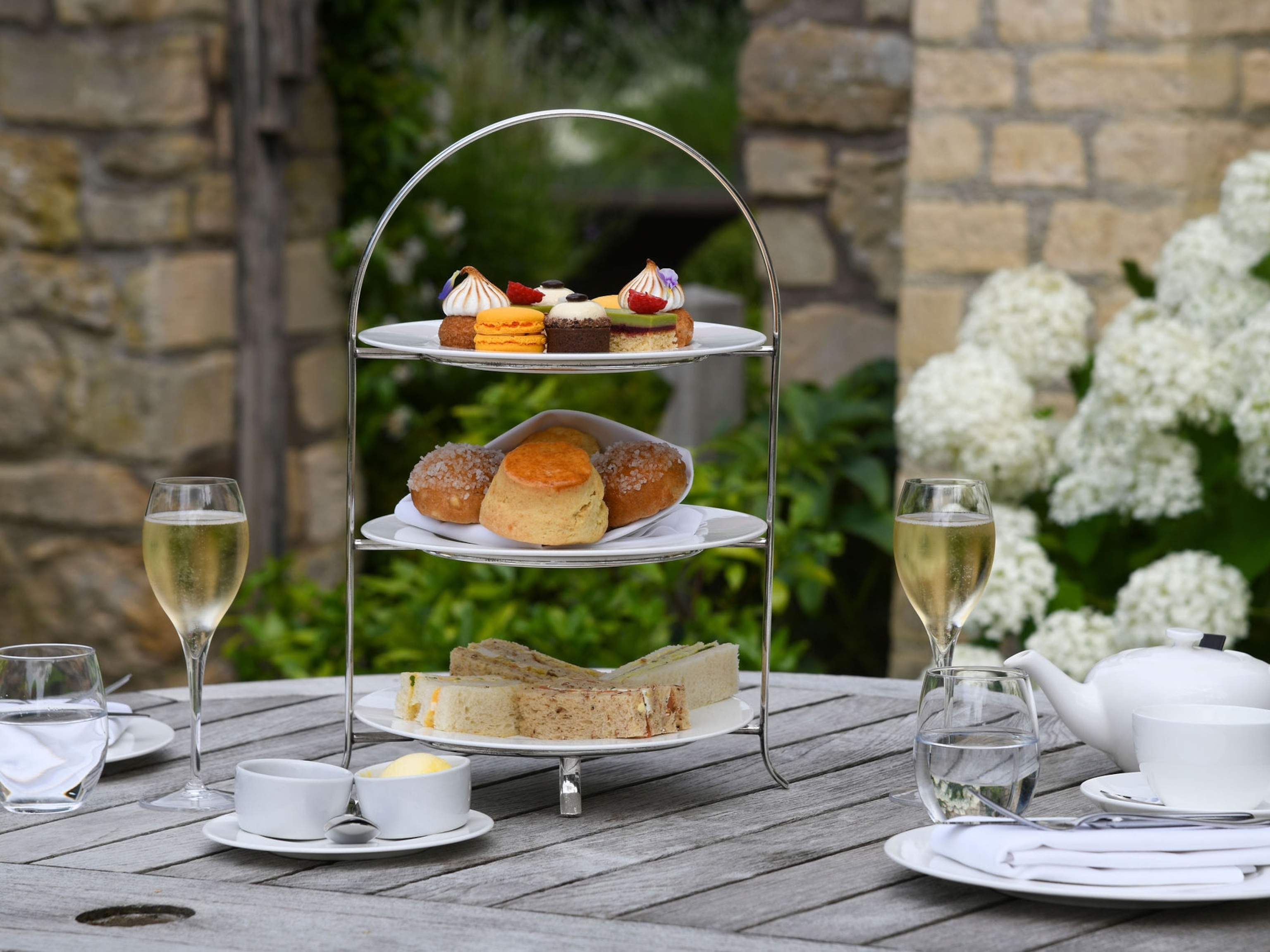Massive buildings, fast-paced development, and economic growth that flourishes as much as its greenery, the bustling metropolis of Singapore overflows with promising businesses, markets and trade. But what really thrives within the city is beyond what the eyes see. Made up of Chinese, Malay, Indian and various other ethnicities, cultural heritage is what makes Singapore, Singapore — a congregation of different cultures coexisting in one congenial space.
Cultural heritage is an important part of a Singaporean’s identity. It is how one expresses their thoughts, beliefs and way of life. Like the way Theemithi, an approximately three-month long Hindu festival is celebrated. At the end of Theemithi, the ceremonial priest joins volunteers in a 2½-mile (4-kilometer) walk from Sri Mariamman Temple to Sri Srinivasa Perumal Temple, and then back. They carry sacred items like the karagam, a silver pot filled with water, adorned with mango leaves and flowers — a manifestation of the goddess Draupadi, the heroine from the tales of Mahabharata. Once they return to Sri Mariamman Temple, the fire-walking procession commences. Hindu men walk barefoot across burning wood to show devotion to Draupadi, praying to ease suffering in their lives.

The intricacies of traditional art and design are also celebrated through cultural heritage. Peranakan beadwork and embroidery techniques require practice, patience and passion. It involves sewing beautiful, miniature beads of different colors to footwear, creating dainty slippers called kasut manek. The same craft is used to embellish the sarong kebaya, a traditional Peranakan dress, as well as other everyday household items.
Singapore serves up a wide array of dishes with origins from around the globe and food, as we know, is one of the most accessible gateways to experience cultural heritage. Rojak, for instance, is a salad-like dish that is served differently by various ethnicities — a metaphorical representation of culture in Singapore. Indian rojak consists of squid, battered prawns and bean curd, deep-fried with vegetables on the side. In Malay rojak, fermented soybeans called tempeh are added to the mix. And for the Chinese: cucumber, pineapple and dough fritters are drenched in a sweet sauce.

Cultural heritage is also reflected in Singapore’s potpourri of festivals. The warm invitation extends to neighbors, friends and family, regardless of race, language or religion. And no matter how different these celebrations may be, they all have distinct commonalities: reunions, traditional cuisine and well-wishing.
Muslims rise early on Hari Raya Puasa to pray at the mosque. Following that, they garb themselves in colorful baju kurong to visit friends and family. During the Lunar New Year, hongbaos (red money packets) are given out by married couples while exchanging strings of well-wishes. With Deepavali comes sweet treats aplenty: adhirasam, a doughnut-like treat with jaggery; murukku, a crunchy snack made of deep-fried flour; and to end on a sweet note, laddu, a candied treat offered to guests as a symbol of happiness and prosperity. These celebrations often bring different ethnicities together, inviting them to bond through the festivities, creating opportunities for understanding between cultures.
Cultural heritage makes and shapes the Singapore we see today. However, with the fast pace of life in a city that is constantly evolving to move ahead with the times, keeping cultural heritage as an intangible part of everyday life is more important than ever before. To preserve the Singapore cultural identity, some traditional businesses and, multi-generational family businesses such as confectionaries for example, have rebranded themselves and updated their packaging designs in an effort to appeal to the more social media-savvy generation.
With the Internet, Singapore’s traditional crafts, recipes and practices of the past are now made accessible at one’s fingertips, ready to be celebrated by anyone, anytime, anywhere.






